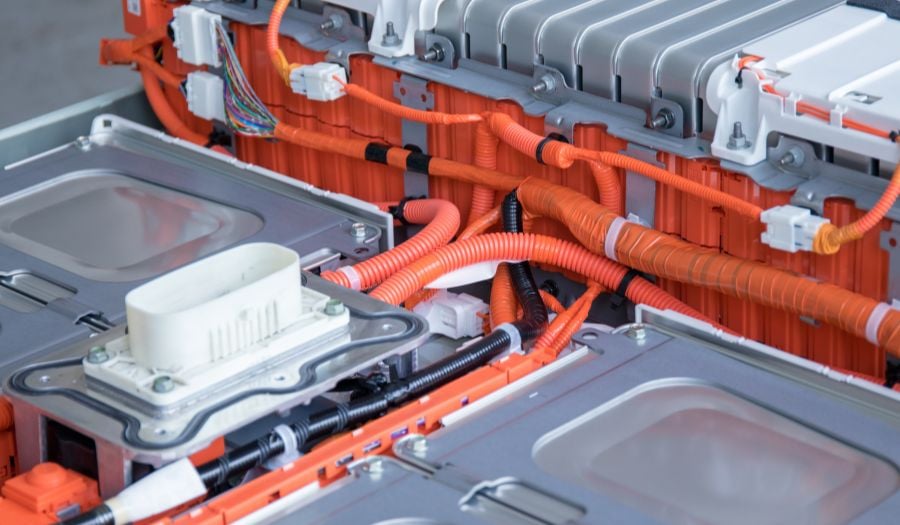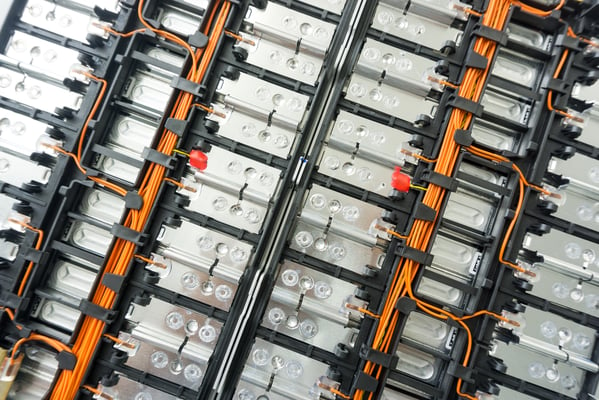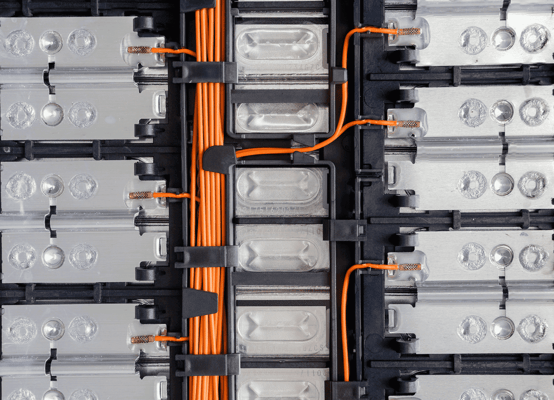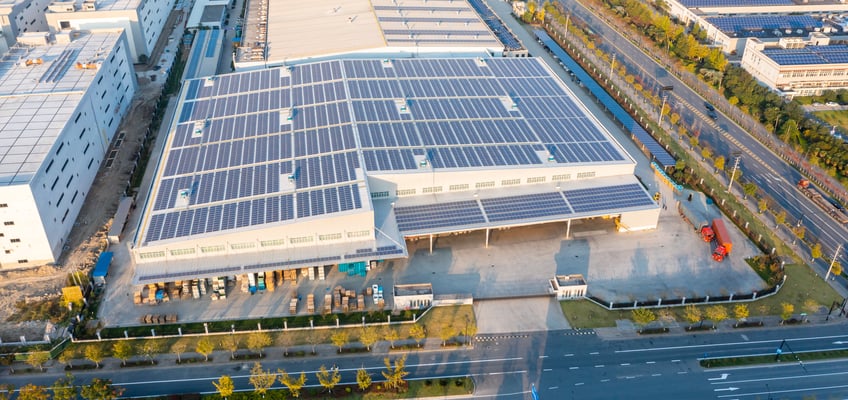
Why our way of making battery storage systems is safer than other manufacturers of second-life batteries
Second-life battery energy storage systems (BESS) are the future of energy storage. Battery solutions are installed before meters in power plants and after meters in commercial buildings, farms, and private homes.
Do second-life BESS pose a fire hazard?
Many potential customers ask if battery energy storage solutions are safe, worrying about the fire hazard. They´ve heard that lithium-ion batteries are at high risk of starting a fire.
If you´re one of these people, keep reading.
In this article, we will walk you through how we at ECO STOR make our battery solutions from second-life batteries and why our solutions are perfectly safe.
The goal - a circular battery economy
More and more EV batteries are due for decommissioning in the coming years, and although they have finished their first life as automotive batteries, they still have a lot of juice left in them.
Extending the lifespan of these batteries as stationary energy storage solutions has many advantages. Also, creating a circular supply chain for EV batteries reduces the environmental footprint, as the battery's life is extended when repurposed.
Automotive batteries are robust
EV batteries are robust. Compared to newly made stationary batteries, consider the conditions for which automotive batteries are made. In a car, the battery must perform under extreme conditions - vibration, acceleration, and deceleration, as well as significant temperature changes and other varying conditions.
This makes the batteries well suited for retrofitting to stationary solutions.
After ten years of experience in EVs, Nissan Leaf has experienced no spontaneous fires in any of its batteries.
The way ECO STOR makes second-life batteries
We differ from many of our competitors when it comes to the way we make our battery solutions. We use the batteries “as is”
We have agreements with the car manufacturers making EVs, giving us full access to the control systems of the batteries. This means we never have to open up the batteries.
In using the batteries “as is” directly from the cars, never opening them up or doing anything to the inside of the batteries, we ensure that all the guarantees the batteries had when sitting in an EV follow the batteries into our storage solutions.
Because of these agreements, we also have full access to the control systems of the batteries. Monitoring the battery health of each battery becomes an easy task and gives us deep insight into the capacity, performance, and history of a battery.
Surveillance systems ensure optimal performance and safety
Retrofitting lithium-ion batteries for reuse requires extensive testing and upgrades to ensure the product will perform reliably in its new role.
Retrofitting EV batteries for reuse in stationary applications requires extensive testing and upgrades. Through this work, we ensure that the batteries will perform reliably in their new role.
We connect the batteries to our digital systems, which among other things, contain surveillance systems reporting back to ECO STOR. Our battery monitoring is always online, reporting back to our central. If something is wrong, alarms will go off in our system, giving us notice about the battery´s performance and state of health.
If a critical malfunction should happen, a kill switch ensures that the whole battery system is turned off until the malfunction is found and corrected.
The difference between having an EV and BESS in your garage is next to none
It can also be helpful to remind you that you probably already have an EV in your garage, which is no different from having a second-life BESS in your garage or cellar. It´s the same battery technology if you chose ECO STOR as your supplier, and the spontaneous fire hazard is next to zero, just as with your EV battery.
When a battery in a battery solution has reached its end-of-life level of performance, the battery can be easily replaced with a new second-life battery.




